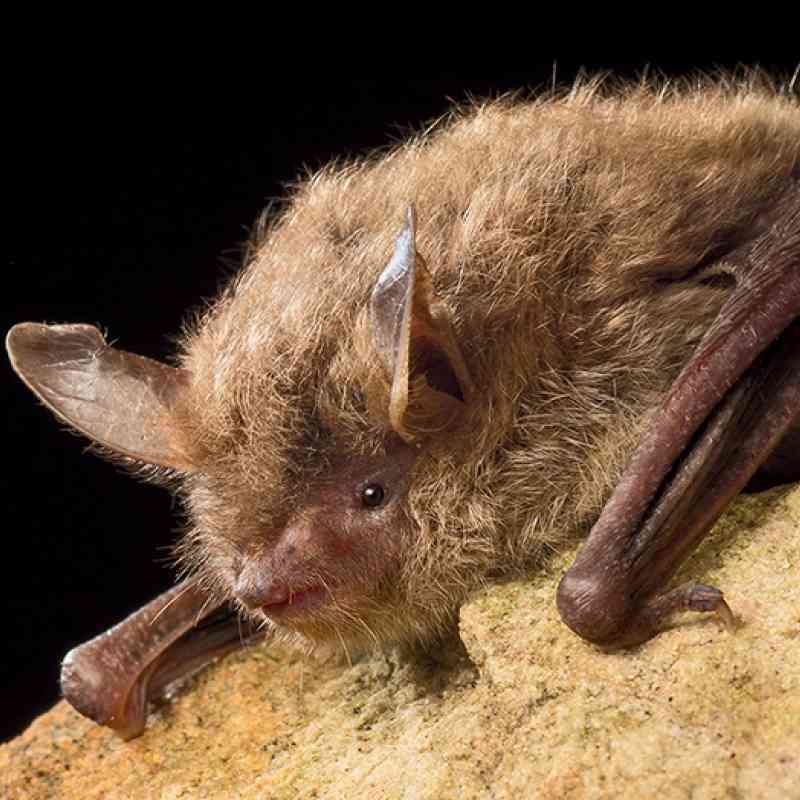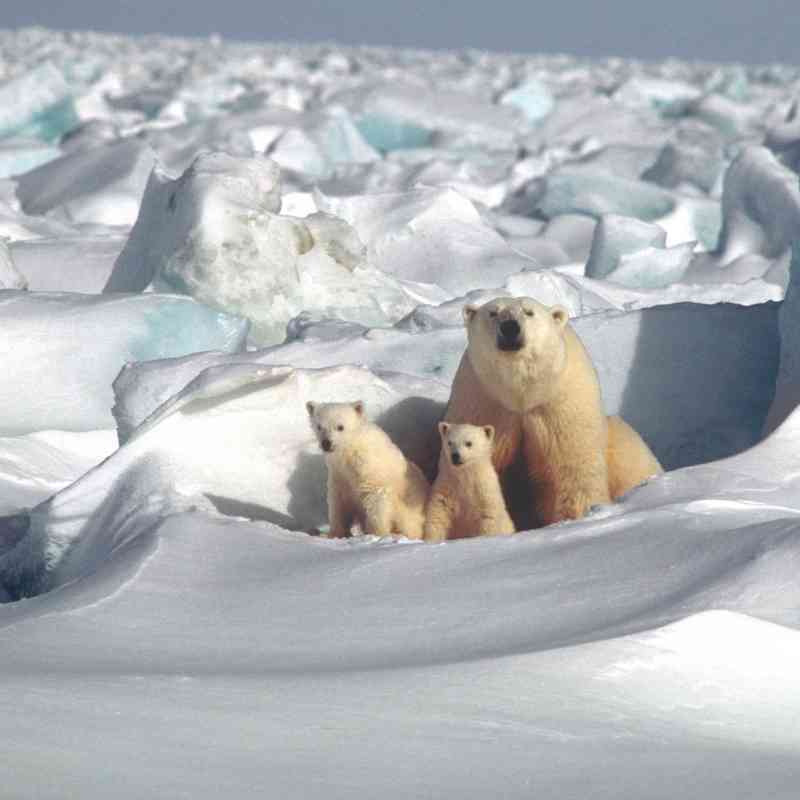President Trump’s leaked proposal to upgrade our nation’s infrastructure guts basic environmental protections, including safeguards for endangered species and their habitat, while increasing the costs to hardworking Americans for basic services from clean water to roads and bridges.
Defenders of Wildlife President and CEO Jamie Rappaport Clark issued the following statement:
“If President Trump includes the cuts in this leaked proposal in his final infrastructure plan, it would be a blueprint for the reckless destruction of our natural heritage. This plan would increase costs for Americans while gutting fundamental protections for our air, lands, water and wildlife. Our nation’s environmental health and conservation legacy are not President Trump’s to bulldoze. This plan is a disaster for endangered species, migratory birds and fragile wildlife habitat across the country. Congress should reject this proposal and authorize a bill that invests in the clean, resilient, safe infrastructure Americans and wildlife deserve.”
Defenders of Wildlife is celebrating 75 years of protecting all native animals and plants in their natural communities. With a nationwide network of nearly 2.2 million members and activists, Defenders of Wildlife is a leading advocate for innovative solutions to safeguard our wildlife heritage for generations to come. For more information, visit defenders.org/newsroom and follow us on Twitter @Defenders.

